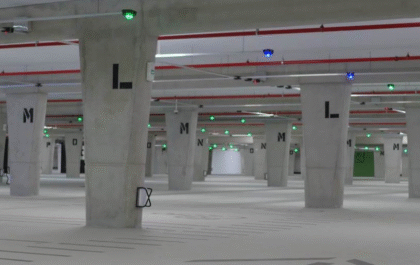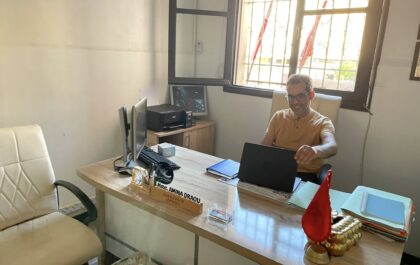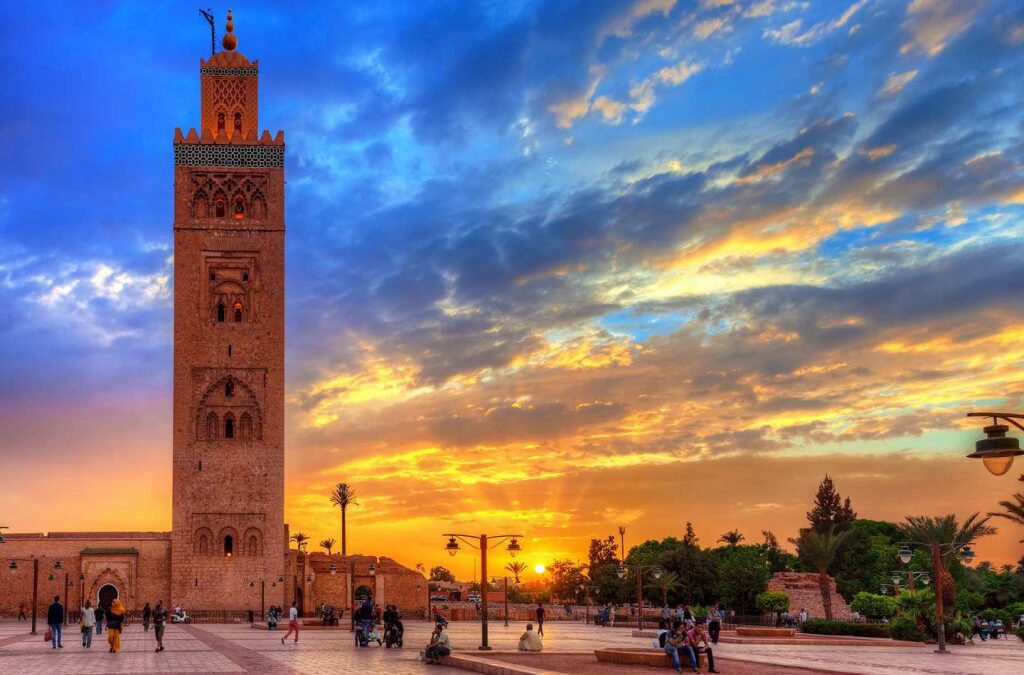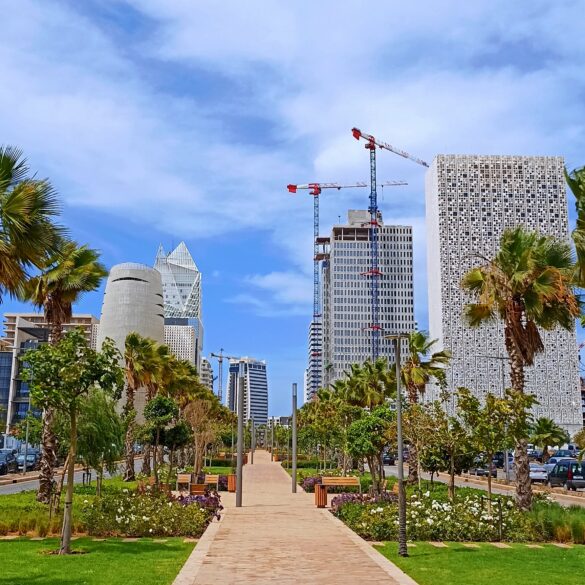So, you’re heading to Morocco? Get ready for tagines, desert sunsets, maze-like medinas, and of course a climate that can’t decide if it wants to give you sunburn or frostbite. One day you’re sweating in 45°C (113°F) desert heat, the next you’re shivering through a near-freezing desert night. Packing can be a puzzle when a country spans from Atlantic beaches to snow-capped mountains to the Sahara. But worry not. This guide will help you pack smart (and modestly), no matter if you’re surfing in Agadir, freezing in Ifrane, or sipping tea under the stars in Merzouga.
Essentials for All Travelers
Before we dive into the fashion forecast, let’s cover what everyone absolutely needs. Your passport should be valid for at least six months—if you’re from the EU, UK, USA, Canada, Australia, or about 70 other countries, you’re visa-free for 90 days. It’s smart to bring both cash and a card as Dirhams can’t be obtained outside Morocco, so withdraw after landing. Don’t worry; ATMs are everywhere in cities.
Travel insurance is a good idea, especially if you plan on riding camels or trekking mountains. Don’t forget a power adapter (Type C or E—same as Europe), a reusable water bottle (tap water isn’t safe), and a backpack for medina wandering and day trips.
Here’s the reality check: pack hand sanitizer and wet wipes like your life depends on it. Public restrooms often lack soap and toilet paper. Bring your own tissues in small packets. Sunscreen and lip balm are non-negotiable; Morocco’s sun is intense year-round, and the desert air will crack your lips faster than you can say “tajine.” Your phone will be your lifeline, so pack a power bank: charging opportunities can be sparse on long bus rides or desert excursions.
Clothing Basics
Morocco is laid-back but conservative. Think modest chic with a practical twist. The golden rule: when in doubt, cover up. You’ll feel more comfortable, get better prices in souks, and show cultural respect.
For women, maxi dresses, tunics, and wide-leg trousers are perfect. They’re modest, comfortable in heat, and let you blend in. Pack a lightweight scarf. It covers shoulders in conservative areas, protects against desert sand, and keeps you warm on chilly mountain nights. Avoid spaghetti straps and shorts in public, especially outside tourist zones. In cities like Marrakech or Casablanca, knee-length dresses with a cardigan backup work fine.
For men, the dress code is more relaxed, but local men typically wear long pants. T-shirts and knee-length shorts are acceptable in tourist areas, but pack long pants for rural villages and traditional areas. This will help you avoid unwanted stares and feel more comfortable.
Everyone needs layers. Morocco’s weather is moody—you might experience a 20°C+ (35°F+) temperature swing between day and night, especially in the desert.
Toiletries and Hygiene
Here’s the deal with Moroccan bathrooms: they range from modern hotel luxury to squat toilets with questionable cleanliness. As for toiletries, you can buy things locally in major cities, but certain comforts are worth packing.
The essentials: toothbrush, toothpaste, deodorant, and moisturizer (Morocco’s dry climate will make your skin feel like parchment). Bring multiple packs of wet wipes and hand sanitizer. Seriously, this isn’t optional. Pack your own toilet paper in small travel packs; many public restrooms don’t provide it.
Sunscreen is essential, and if you prefer specific brands, bring them. Imported products can be pricey. If you’re traveling outside major cities, it’s wise to bring your own feminine hygiene products; they’re available in cities but brands differ, and rural areas may lack options entirely.
Pro tip: pack moisturizer and lip balm like you’re headed to Antarctica. Morocco’s desert air is shockingly dry.
Packing by Season
Spring (March-May): The Sweet Spot
Spring is Morocco’s sweet spot, but it’s trickier than it seems. Coastal cities like Casablanca see pleasant 18-22°C (65-70°F) days, but nights drop to a chilly 10-12°C (50-54°F). Pack layers and a waterproof jacket. March can be surprisingly wet, especially in the mountains where Chefchaouen gets drenched with rain.
In the Atlas Mountains, you might still see snow at higher elevations through March, with nighttime temperatures near freezing even as daytime feels nice and comfortable. The desert is ideal now: 25-35°C (77-95°F) days with mild 10-18°C (50-65°F) nights. But watch out for sandstorms; the Sirocco winds in March-April can create sudden dusty chaos.
Pack: Layers, light waterproof jacket, comfortable walking shoes, desert scarf for sandstorms.
Summer (June-August): The Hot Season
Summer is when Morocco shows its extremes. Coastal areas stay manageable thanks to Atlantic breezes, around 27-30°C (80-86°F) highs with refreshing nights, 18-20°C (65-68°F). Pack breathable cotton and linen, and bring a light cardigan for air-conditioned spaces.
But venture inland and things get serious. Marrakech averages 37°C (99°F) and often exceeds 40°C (104°F)—historical extremes have hit nearly 49°C (120°F). The Sahara? Forget about it—43-45°C (109-113°F) is routine, with nighttime “cooling” to 25-30°C (77-86°F).
Pack: Lightweight, loose clothing, wide-brimmed hat, high-SPF sunscreen, sunglasses, desert scarf. If hitting the Sahara, plan activities for dawn and dusk only.
Autumn (September-November): The Second Sweet Spot
Early autumn can feel like summer’s encore. September sees mid-20s°C (mid-70s°F) on the coast and high 30s°C (90s°F) in the desert. But by November, things cool nicely: coastal areas drop to 18-20°C (65-68°F), while the desert becomes pleasant at 25-30°C (77-86°F) with genuinely cool 10-15°C (50-59°F) nights.
Here’s the catch: November is the wettest month on the coast, and mountain areas start seeing their first snow. The Rif Mountains can get over 100mm of rain.
Pack: Transitional layers, rain jacket for November, sweater for cool evenings.
Winter (December-February): Pack for Everything
Winter is Morocco’s most challenging season for packers because regional differences are extreme. Coastal cities stay mild : 16-18°C (60-65°F) days and 8-10°C (45-50°F) nights. However, this is the rainy season with 75mm monthly rainfall in Casablanca.
Mountains are different. Ifrane, sitting at 1,660m altitude, routinely drops below 0°C (32°F) at night with heavy snow cover. High Atlas villages see daytime highs of only 5-10°C (40-50°F) with some passes becoming impassable.
The desert pulls its cruelest trick: pleasant 17-22°C (63-72°F) sunny days followed by near-freezing nights that can hit 0°C (32°F). Desert camping requires serious winter gear.
Pack: Warm jacket, thermal layers, waterproof gear, warm hat and gloves for mountains, both summer and winter clothes for desert.
Packing by Region
Coastal Cities (Casablanca, Rabat Essaouira, Agadir): Ocean-Moderated Bliss
The Atlantic keeps coastal cities civilized year-round. Pack for mild weather with occasional surprises. Bring a windbreaker for Atlantic breezes and something waterproof for winter rains (December-January are wettest). Summer highs rarely exceed 30°C (86°F) thanks to the Canary Current, but humidity can be high. Don’t forget swimwear and a beach towel.
Special considerations: Hassan II Mosque in Casablanca is open to tourists—pack very conservative clothing for the visit.
Mountains (Atlas, Ifrane, Chefchaouen): Altitude Changes Everything
Mountain packing requires a serious layering strategy. Chefchaouen at 600m can swing from 35°C (97°F) summer days to severely cold winter nights, plus it gets torrential rain—160mm in January alone.
Ifrane at 1,660m is Morocco’s coldest city, with snow cover common December-February and summer nights that can still be crisp. High Atlas villages experience extreme conditions, some passes close entirely in winter.
Pack: Serious layering system, waterproof everything, sturdy hiking boots, warm sleeping gear if camping, emergency supplies for remote areas.
Desert (Merzouga, Zagora): Land of Extremes
The Sahara is beautiful but unforgiving. Summer daytime temperatures routinely soar above 43°C (109°F), while winter nights can approach 0°C (32°F)—that’s potentially a 40°C+ (70°F+) daily temperature swing.
Pack loose, light-colored clothing for blazing days and genuine winter layers for nighttime. A desert scarf (cheche) isn’t just cultural—it’s essential protection against sand and sun. Closed shoes are crucial; desert sand gets scorching hot.
Pack: Both summer and winter wardrobes, desert scarf, closed shoes, extra water capacity, sand protection for electronics.
Urban Centers: City-Specific Strategies
Marrakech (inland): Summer is brutal with over 37°C (99°F) averages and frequent 40°C+ (104°F) spikes. Winter is pleasant 18-20°C (65-68°F) days but chilly 5-8°C (40-45°F) nights. November is the wettest month with 40mm rain.
Fez (inland north): Similar to Marrakech but slightly cooler. Expect mid-30s°C (90-95°F) in summer and a proper rainy season in winter with 70-100mm monthly from November-January.
Pack: Heat-beating clothes for inland cities, rain gear for winter everywhere, comfortable walking shoes for medina exploration.
Footwear Guide
Your feet will make or break your Moroccan adventure, literally. Medinas feature uneven cobblestones, souks get crowded, and you’ll walk more than you expect.
Essential trio: Comfortable walking shoes, breathable sandals, flip-flops.
Walking shoes are non-negotiable. Pack broken-in sneakers or light hiking shoes with good grip as medina stones get slippery when wet. If you’re hitting the Atlas Mountains seriously, bring proper hiking boots with ankle support.
Sandals with good support work for hot days and beach trips, but your feet will get dusty in cities. Flip-flops are perfect for hotel showers, pools, and beach time.
Desert reality check: Closed shoes are essential for camel rides and desert walks. Sand gets scorching hot—open sandals will literally burn your feet.
Cultural and Religious Considerations
Morocco is a place where culture matters, and dressing respectfully opens doors (literally and figuratively). Modest dress isn’t just about religion, it’s about comfort, better prices in souks, and warmer interactions with locals.
Scarves aren’t just for women, they’re practical for everyone. Use them for sandstorm protection, sun coverage, warmth on chilly nights, and cultural respect in conservative areas. You can buy beautiful scarves in souks, but remember to haggle!
Most mosques are closed to non-Muslims, with Hassan II Mosque in Casablanca being the notable exception requiring very conservative dress. Learning a few words in Arabic (“salam aleikum”) or French (“bonjour”) goes a long way—locals genuinely appreciate the effort.
Optional but Helpful Items
A few extras can elevate your Moroccan experience:
Travel pillow: Moroccan buses cover long distances, and pillow quality varies wildly in budget accommodations.
Phrasebook or offline translation app: Google Translate with Arabic and French downloaded works wonders.
Quick-dry towel: Beach days, hostel stays, or impromptu hammam visits.
Laundry soap: For hand-washing clothes—laundry services exist in cities but not everywhere.
Small gifts: If staying with families or using guides, small items from your country (postcards, regional tea, quality soap) are deeply appreciated.
Umbrella: For winter coastal rains and sudden mountain showers.
Morocco’s beauty lies in its contrasts: mountains and deserts, beaches and bazaars, 45°C (113°F) sun and near-freezing nights. It’s a country that can surprise you with snow in the mountains while the desert bakes under relentless heat just hours away. With the right packing strategy, you’ll be ready to enjoy all of it, comfortably and respectfully.
The secret isn’t packing for every possible scenario, it’s packing smart for Morocco’s beautiful unpredictability. Layer like your comfort depends on it, respect the culture, and prepare for the adventure of a lifetime.
Safe travels. Or as we say in Morocco, bsslama.






